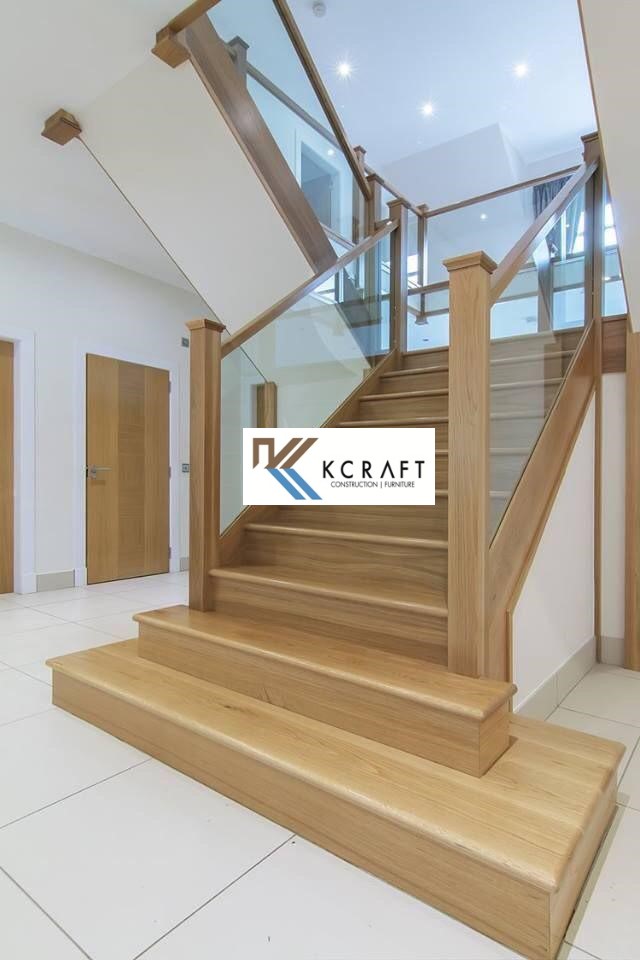A handrail is a rail that is designed to be grasped by the hand so as to provide stability or support. Handrails are commonly used while ascending or descending staircase or escalators order to prevent injurious falls. Whether you’re walking up the stairs, viewing great scenery on a higher level indoors or outdoors or passing through a hall upstairs, you would most likely want to hold on to a handrail, right? This is a standard safety feature that we usually see not only for staircases but even on railings on both ground and upper levels of a home or building including balconies.
Handrails make going up and down the stairs safer and more comfortable. Perhaps you have observed that whenever you’re ascending or descending a new staircase, your hands most often look for something to hold on to. And that’s where a rail serves its main purpose
Many of us are aware that a hand rail is put in place to prevent accidents. Specifically, it aims to prevent loss of balance, to help a person regain balance in case of a slip or fall, to help one go up a stair, to guide a person and provide stability notably for those with visual and balance problems.
A baluster is “a short pillar or column, typically decorative in design, in a series supporting a rail or coping.” Its form is cut from a rectangle or square, and it is one of many types of spindle available. When many balusters stand in a row, they form a balustrade, which is a railing supported by balusters. Finally, when balusters are used on a stairway, they are typically referred to as banisters. Balusters have several purposes within the overall structure. First, they support the coping or handrail. Second, they close the gaps between posts, acting as a safety feature by eliminating excess space through which someone could fall. Third, they provide additional style and structural flair.








